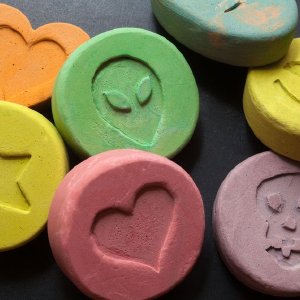Ecstasy, LSD, and PCP—Hallucinogens Back on the Rise
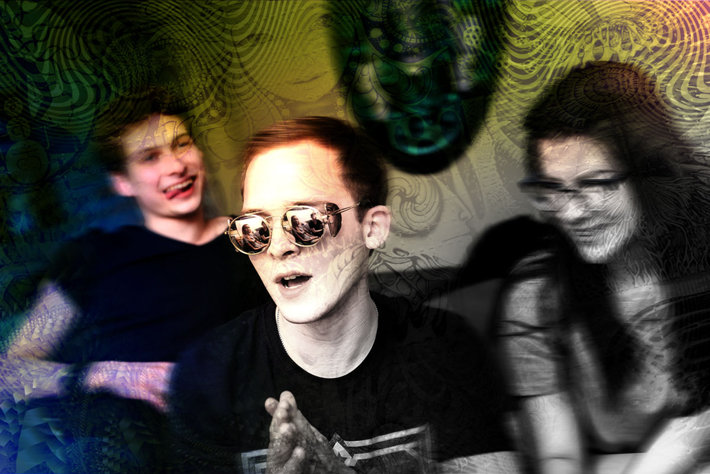
After years spent in relative disuse, hallucinogenic drugs are growing in popularity once again. Much of this increase has come on the coattails of increased efforts to legalize hallucinogenics, not only in the United States but in other countries too. The increases in interest in such drugs have been most prominent amongst young people, but all age groups have shown interest in hallucinogenic drugs.
According to research performed by the National Survey on Drug Use and Health, more than two-hundred and twenty-nine-thousand young people of the age of twelve and older have reported LSD use at least once in their lives. Thirty-three-thousand admitted to using PCP at least once in their lives.
Amongst high school-age youth, salvia, a plant-based hallucinogenic, ranks as more popular than LSD or PCP. Six percent of high school seniors report trying salvia at least once, as compared to only three percent of high school-age individuals reporting LSD use and one percent of high school seniors reporting PCP use.
Some reports indicate that hallucinogenic use amongst young people in the United States has done nothing but reduce. But the National Institute on Drug Abuse still indicates that hallucinogenic use amongst young people in the U.S. ranks more prominent than in the thirty-six other countries that perform similar research.
DMT (Di-Methyl Tryptamine), another hallucinogenic, is also making a comeback in the United States. Though DMT is a Schedule I drug per DEA rulings, some Brazilian churches in the U.S. have garnered permission to import the plants that contain DMT into the U.S., all for religious ceremonies to be done at the churches only. Still, this is a slippery slope to allowing even more rampant use of hallucinogenics in the United States.
Top Hallucinogenics in Use Today - Now Defined
As hallucinogenics are coming back into the fold, it is valuable to know a thing or two about them. Hallucinogenics are the “cool drugs” now in use amongst the nation’s youth, yet they were not that well known when the parents of the current younger generation were in their teens and early twenties.
Hallucinogenics essentially skipped a generation. Hallucinogenics were very common in the 1960s, 1970s, and the early 1980s. But during the rest of the 1980s, the 1990s, and the early to mid-2000s, these drugs were not that common. Now, young people born in the late 1990s and the early 2000s are finding these drugs very interesting, but most of their parents don’t know a thing about them.
This is why we need to raise awareness of hallucinogenics, primarily Ecstasy, LSD, and PCP. Included below are detailed definitions of these drugs.
LSD
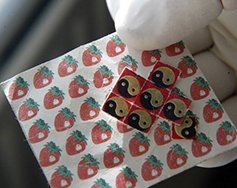
LSD, the abbreviation for lysergic acid diethylamide, is a synthetic, crystalline compound and a very potent, hallucinogenic drug. LSD was created by Albert Hofmann in 1938, all by accident. Hofmann was looking for medicinal uses to ergot fungus. He was attempting to find respiratory and circulatory stimulant medicines when he stumbled across LSD. Albert accidentally used LSD for the first time by getting some of the chemicals on his fingertips.
LSD has the power to significantly alter one’s perceptions. The drug can distort visual judgments and it can alter sensations, it can significantly change one’s mood, and it can influence one’s emotional and physical feeling. LSD is a peculiar drug because, even though the drug has been around for eighty years, scientists still don’t know exactly how it has the effect that it has.
This alone is reason enough to stay away from LSD, as we still don’t know how it has the effect that it has. During experimentation with the drug on his own mind and body, Albert Hofmann wrote that:
“A demon had invaded me, had taken possession of my body, mind, and soul. I jumped up and screamed, trying to free myself from him, but then sank down again and lay helpless on the sofa. The substance, with which I had wanted to experiment, had vanquished me. It was the demon that scornfully triumphed over my will.”
This was one of Hofmann’s first “bad trips” from LSD use, and eighty years of research and extensive experimentation amongst dozens of research bodies and hundreds of scientists have still not been able to determine the intricate functions of this drug on the human mind, body, brain, and spirit.
Ecstasy
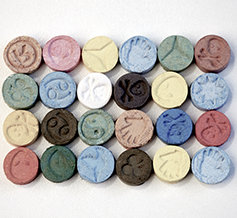
Ecstasy is another hallucinogenic that is becoming increasingly popular. Ecstasy is something of a trade name for an entire metric of hallucinogenic drugs, including methylenedioxymethamphetamine (MDMA), amphetamine, paramethoxyamphetamine (PMA), ketamine, and methylone. These are all potent hallucinogenics, and their combinations can form different varieties of ecstasy.
What makes ecstasy difficult and risky is that it is almost impossible to know what one has gotten in their “batch” of ecstasy. There are many different strains and types of ecstasies that could contain a plethora of different ingredients. Ecstasy traditionally had MDMA as its core ingredient, but lately, much of the ecstasy that has been seized by the DEA and other law enforcement bodies have tested positive for a variety of “filler drugs.”
An Australian study found that even ecstasy, (a drug that has been historically perceived to be “risk-free”) actually has very serious withdrawal symptoms. Australian researchers found that, when regular ecstasy users attempted to give up ecstasy use, they experienced aches and pains, exhaustion, restlessness, agitation, anxiety, depression, and other adverse phenomena.
PCP
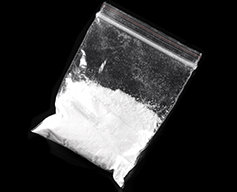
PCP, or phencyclidine, is another hallucinogenic drug that is becoming more common. PCP is commonly known as “angel dust.” PCP was originally developed in the 1950s and was used as a surgical anesthetic. However, doctors noticed that PCP had adverse side effects on patients, namely agitation, irrational thinking, mania, hallucinogenics, and other nerve and anxiety-related phenomena.
PCP use has bizarre, psychological effects on users, effects which are much more pronounced and harsh than those of LSD or ecstasy. PCP can cause people to become quite violent and aggressive, all while experiencing vivid, like-life hallucinations. PCP is also known for causing people to experience mentally crippling withdrawal symptoms should they attempt to quit using PCP cold turkey.
PCP is a white crystalline powder that dissolves in water or alcohol. PCP is an entirely synthetic substance, made in illegal laboratories in the U.S., Europe, and some South American countries. PCP can be synthesized into different types of substances to either be smoked, swallowed, injected, snorted, or even eaten. PCP is known for producing more intense but harsher hallucinogenic trips than LSD or ecstasy creates.
Avoiding Hallucinogenics
Parents need to make sure that their sons and daughters know the risks involved in hallucinogenics. With so many countries attempting to legalize these drugs and with interest in “trips” and spiritual “experimentation” growing, it is even more important now to make sure that young people do not experiment with these drugs. Hallucinogenics present absolutely no helpful or beneficial results, and they only create risks for bad experiences and addiction.
Just the fact alone that these drugs are gateway drugs and just the fact alone that they could lead to even more extensive experimentation with more dangerous drugs is reason enough to stay away from hallucinogenics. Parents need to make sure that they talk to their kids about these drugs and make sure that their kids know what hallucinogenics are really all about.
Sources:
